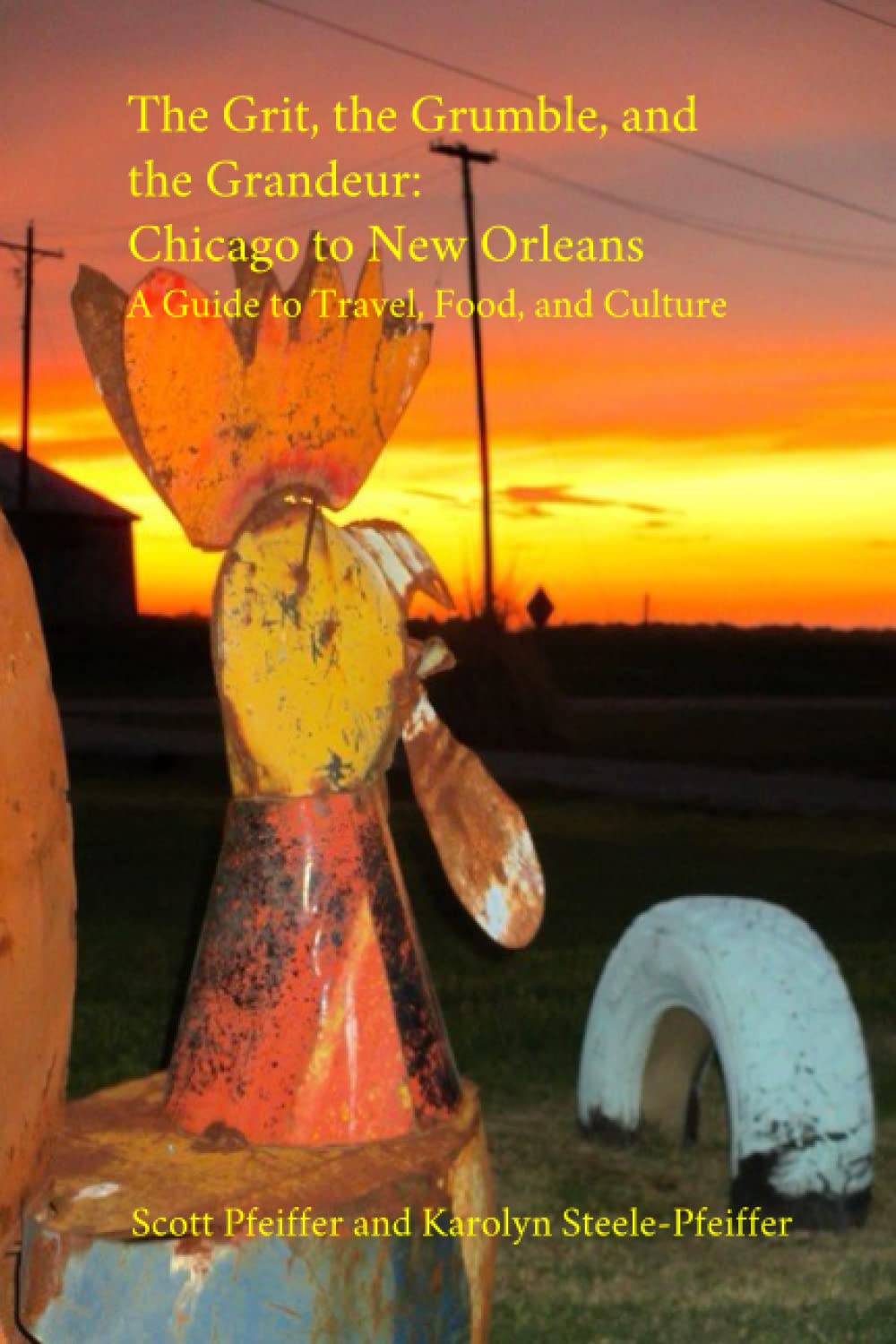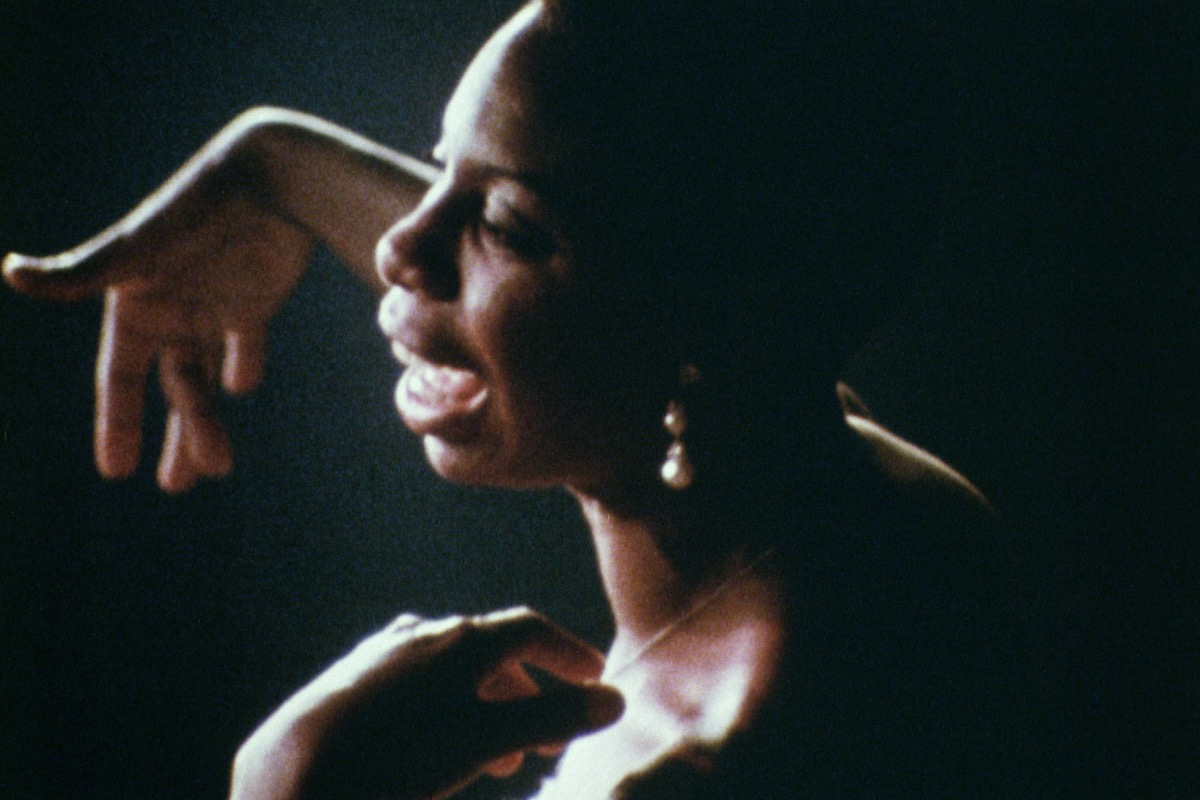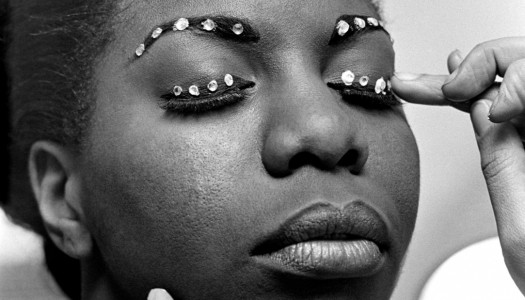The Family Fang
 Scott Pfeiffer
Scott Pfeiffer  Sunday, May 15, 2016 at 01:56PM
Sunday, May 15, 2016 at 01:56PM 
"The Family Fang" is a droll pleasure, a poignant comedy-drama about a brother and sister raised by radical performance artists, Caleb and Camille (Christopher Walken and Maryann Plunkett). Director Jason Bateman sustains a tone deftly balanced between the serious and the wry, no mean feat. The siblings, Annie and Baxter ("A" and "B"), were essentially props in their parents' art pieces. These were comic provocations that in reality would have had the parents thrown in the clink, the kids seized by DCFS. (It's almost as if the whole act of "having kids" is in quotation marks for them.) As the film opens, we witness one such stunt play out. Little Baxter robs a bank with a toy gun, then shoots "the bank guard" (dad). Stage blood spews as patrons look on, expressions of horror morphing into "Huh?" The blood is syrup, and it tastes good--as a final touch, Baxter runs a finger through a pool of it and enthusiastically pops the coated digit in his mouth. You can almost sense a future downpayment on a boat for a budding therapist somewhere.
One source of the film's comedy is the twist that Caleb and Camille wanted to raise their kids to reject society's values, not internalize them, as parenting has more traditionally been conceived. Or Caleb did, more than Camille: he's really more the ideologue of the two. If you're going to do art, he declares, you must put everything you've got into it, and it should be risky and subversive. He is not a fan of the work the kids ended up doing as adults. Annie (Nicole Kidman) became a movie star of mainstream Hollywood fare, albeit one who's now flailing, no longer the "it" girl--her erratic behavior is increasingly tabloid fodder. Baxter (Bateman) became a novelist, although at present he's been reduced to profiling a bunch of yahoos who have invented a "spud gun." As the name implies, it shoots potatoes; turns out it's kind of a blast shooting it off in the cornfields, until, as they say, laughing turns to crying, in an accident that sets the movie in motion.
In the story's present-tense stream, Camille and Caleb have disappeared, gone missing from a rest-stop along a stretch of highway where there had been a rash of murders; blood was found all over the scene. Annie and Baxter are back at the ancestral manor, where Annie watches videotapes of the family's old stunts--these are sort of what passes for home movies, in this family. She's looking for clues. Is this just their boldest "work" yet--the prank to end all pranks--as Annie believes, or are they really dead, as Baxter believes? They have left clues, she insists to Baxter, and we just have to find them. She even has a cork board, replete with diagrams and pictures, just like in the police shows.

Somehow in tone even more than in content, the film, for me, evoked Salinger's stories of the family Glass. (It's based on a novel by Kevin Wilson.) In the scenes set in the present, the "kids" move through the shadows and the sunny rooms of the big, empty house of their childhood. A warm hue tinges the scenes set in the past, implying that the unconventional childhood wasn't all bad. Sometimes they really were that merry, close band of thieves, just as Caleb imagined they were. (Jason Butler Harner and Kathryn Hahn play the parents when the kids were young.)
Whimsical revolutionaries, Caleb and Camille conceived of their art as delightful bids to wake people up--social criticism taken to the streets. They're putting a little excitement into people's lives. There's a bit of contempt for people in the vision: the sheep need to wake up. An unpredictable combustion of the theatrical and "real life," the "pieces" are astonishingly tone-deaf, not to say cruel, on the level of consideration for the psychic consequences for the people they were supposedly enlightening; on the level of conception and execution, they achieve the intended mind-fuck. In certain circles, Caleb and Camille are famous. (I savored a scene in which two art critics (Scott Shepherd and Steve Witting) wind each other up by debating the genius-or-junk merits of the Fangs' work.)
We do get the impression the pranks were occasional things for Annie and Baxter--that for the most part, theirs was a more typical upbringing of school and a big rambling house. That said, there is a scene involving Annie and Baxter's school production of "Romeo and Juliet" I won't forget. I won't reveal it, except to say it somehow fulfills all their parents' ambitions of showing people something truly beautiful and utterly scandalous at once.

Even as seniors, Caleb and Camille still wage war against the complacencies of capitalist/consumer society, though the culture has long since absorbed all such resistance. In a funny scene, they try to prank the clerks at a fast food stand by handing out fake coupons for free sandwiches, but the workers passively, cheerfully honor the faux documents. Caleb is outraged: nobody even has the decency to understand they're being hoodwinked anymore--to get mad about the illusory constructs of the society, thereby taking the first steps towards liberating themselves from them. Such resistance is no longer even a concept.
As Annie, Nicole Kidman gets a role that's a wink at her own career's vicissitudes. What a deft performer she is in the key of comedy/drama. Think of her turn not only in this film, but in "Margot at the Wedding."
As Camille, Plunkett telegraphs so much that's unspoken: the hurt, the sacrifice, the guilt about what she had to do--essentially, sacrifice the kids as art projects as a way of making Caleb interested enough to stay. At times when she looks at him she's humoring him; sometimes it's with pity; and always with love. And, yes, fear. She hides her own own paintings, for fear they would be seen as a betrayal by this imperious, stubborn, brilliant man. Walken's well-cast as Caleb, and together they ring true as a longtime couple.

In a way, Plunkett's Annie shows what a woman gives up for the male "artiste," just as Kidman's Annie is a satirical look at what a woman has to put up with in Hollywood. (There's a scene where a wheedling director tries to cajole a recalcitrant Annie into appearing topless, and she turns the tables in a way that her dad, for one, digs.)
Bateman's always had fine comic timing as an actor, making even dire movies watchable. With his second feature as a director (I've not seen "Bad Words"), he shows he has it as a director, as well. Perhaps a narrative seam or two shows, but overall he makes nary a wrong step. He's truly good with actors, and he's got visual style--an autumnal one that suits the film's bittersweet flavor.
There is a wise acceptance in his film. In the glances between brother and sister, and husband and wife, we are witness to people seeing each other for who they really are, and accepting each other as such. Up to a point, that is. "The Family Fang" has a mystery plot, but it's wise enough to know that the real mystery may be precisely those human beings we love the most, whose lives shaped ours in ways too complicated to suss out. There will always be something about them will remain out of reach, unknowable. Why we did what we did can be a mystery, even to ourselves.
In essence, it's the story of a sister and a brother in middle-age, and the bond forged between them in the crucible of a dysfunctional family. (As much as their childhood was the source of their baggage, it's the source of their creativity, as well.) Annie and Baxter would do anything for each other. You may put "The Family Fang" on the shelf alongside perceptive films about brothers and sister such as "The Savages" and "You Can Count on Me." Of the films I've seen thus far in 2016, this is the one for which I feel the most affection.
Rating: ****
Key to ratings:
***** (essential viewing)
**** (excellent)
*** (worth a look)
** (forgettable)
* (rubbish!!)



















